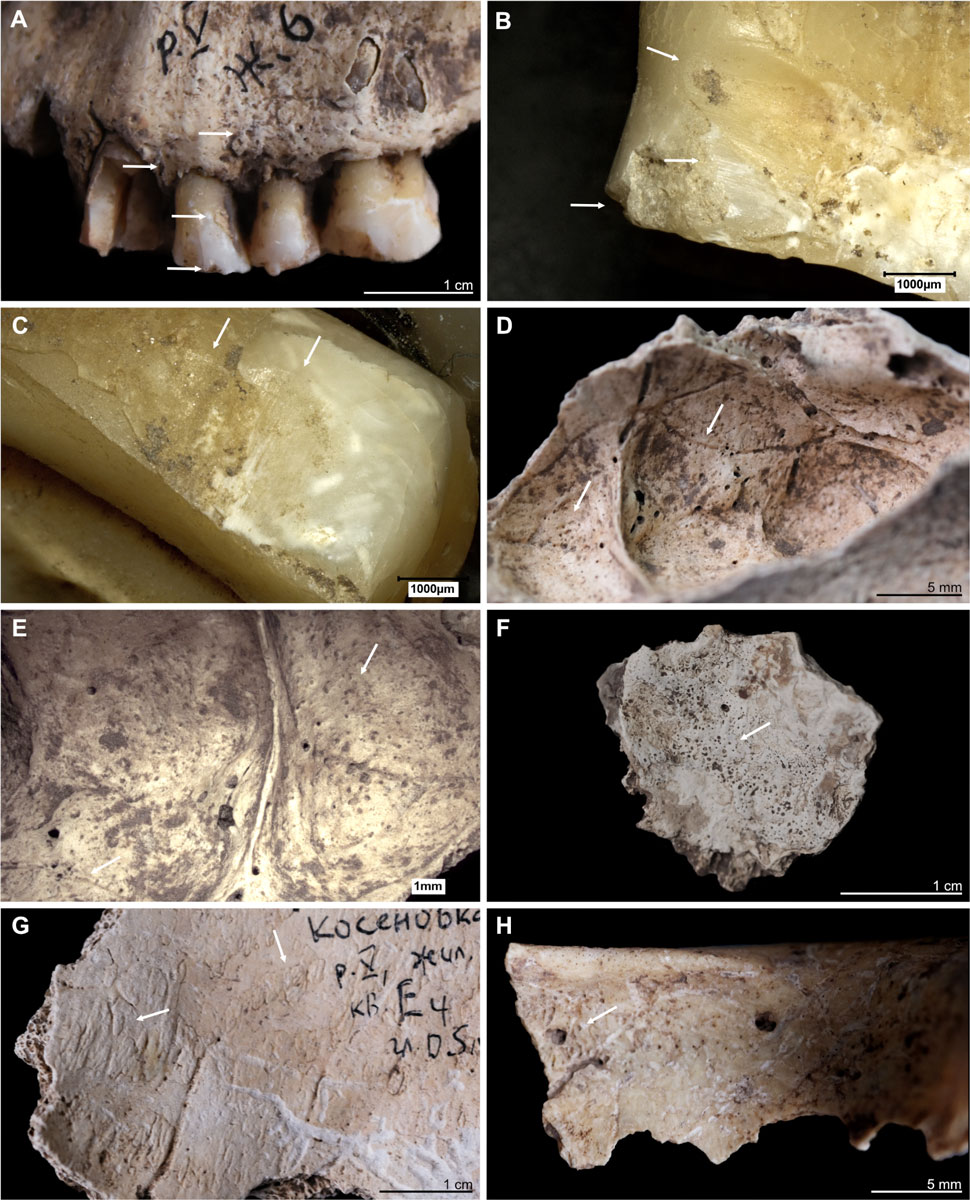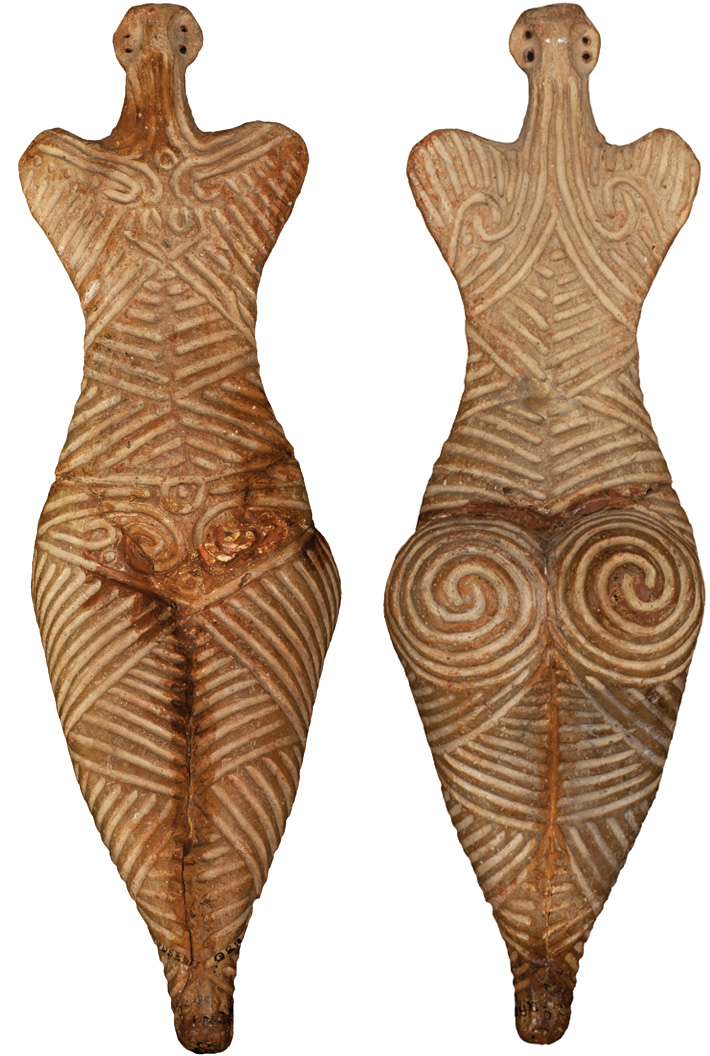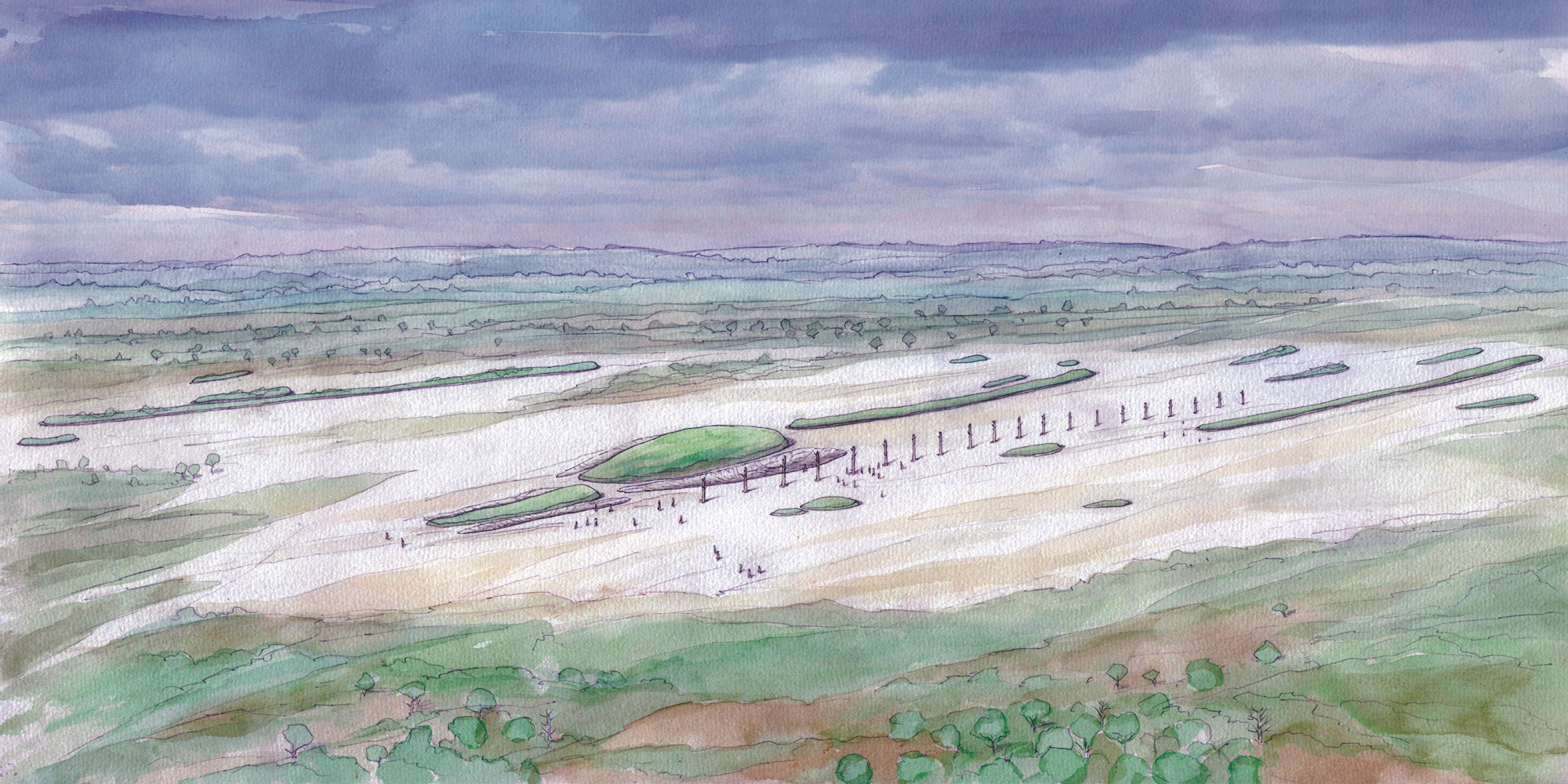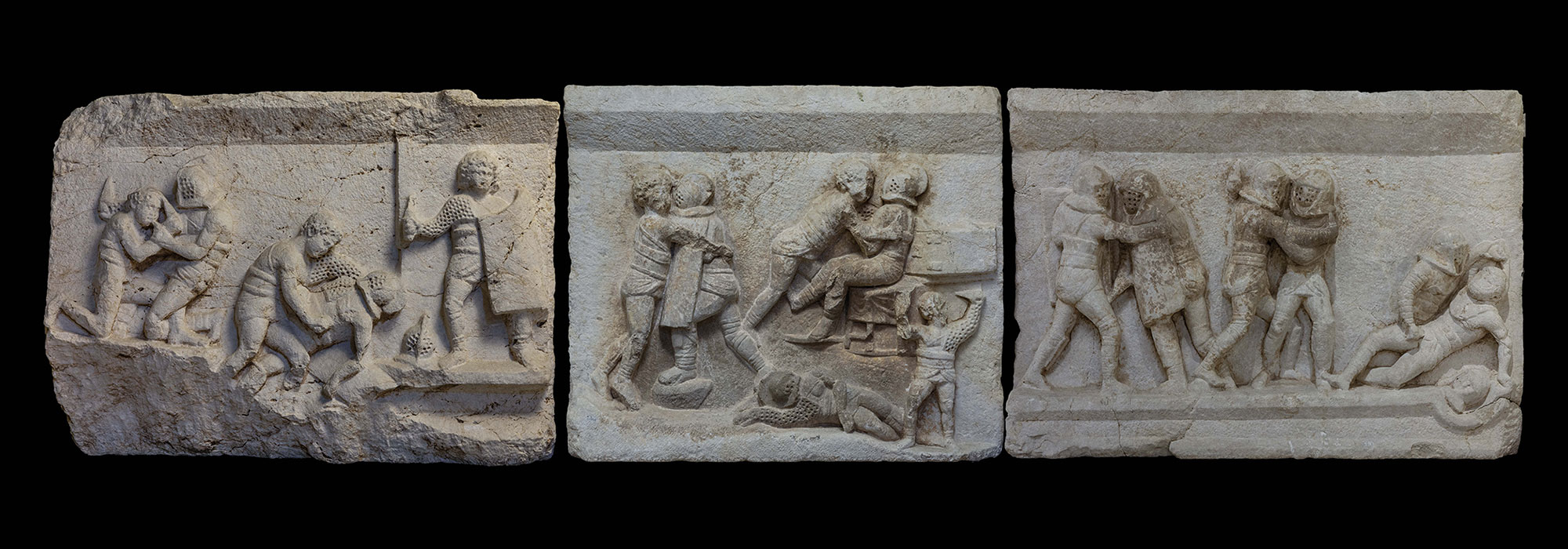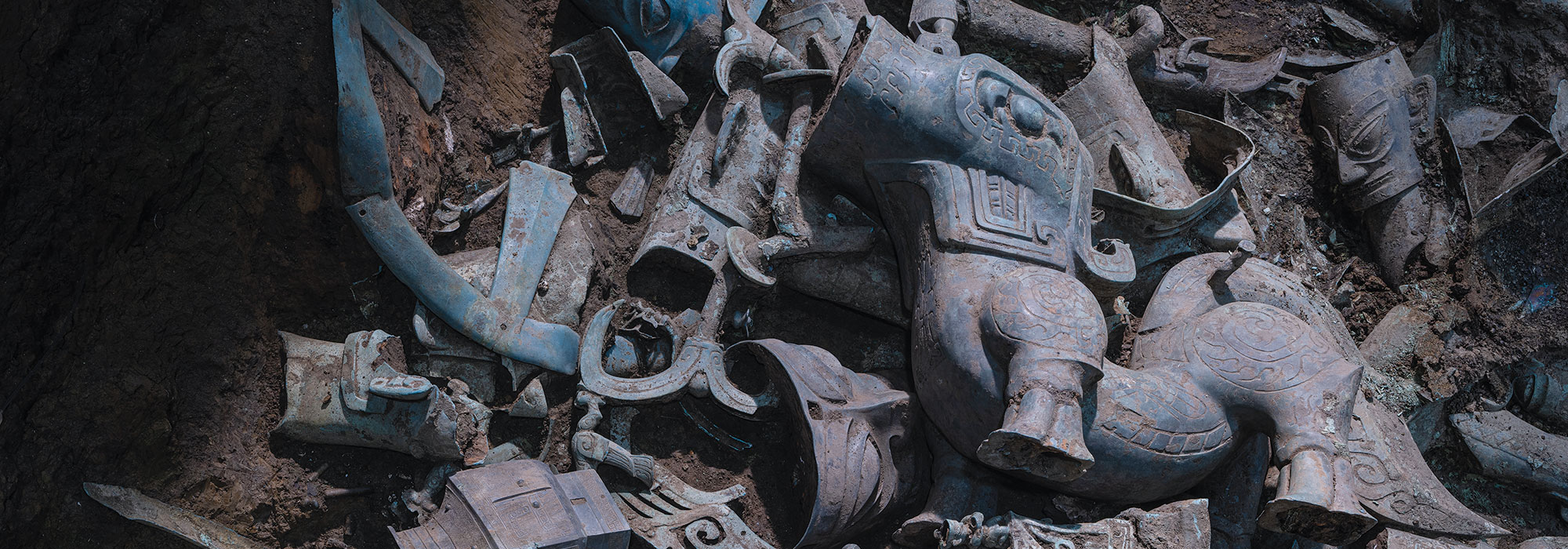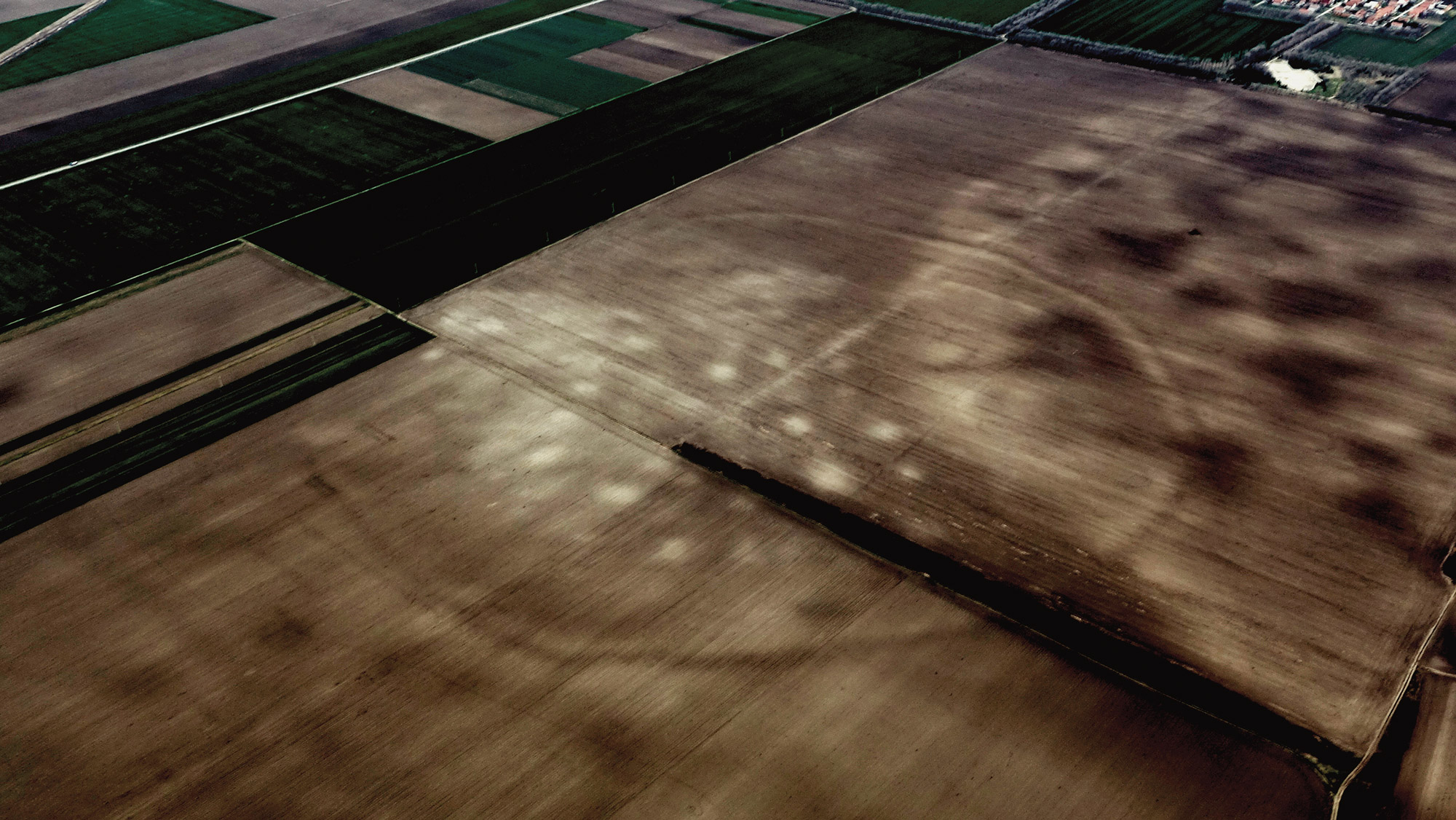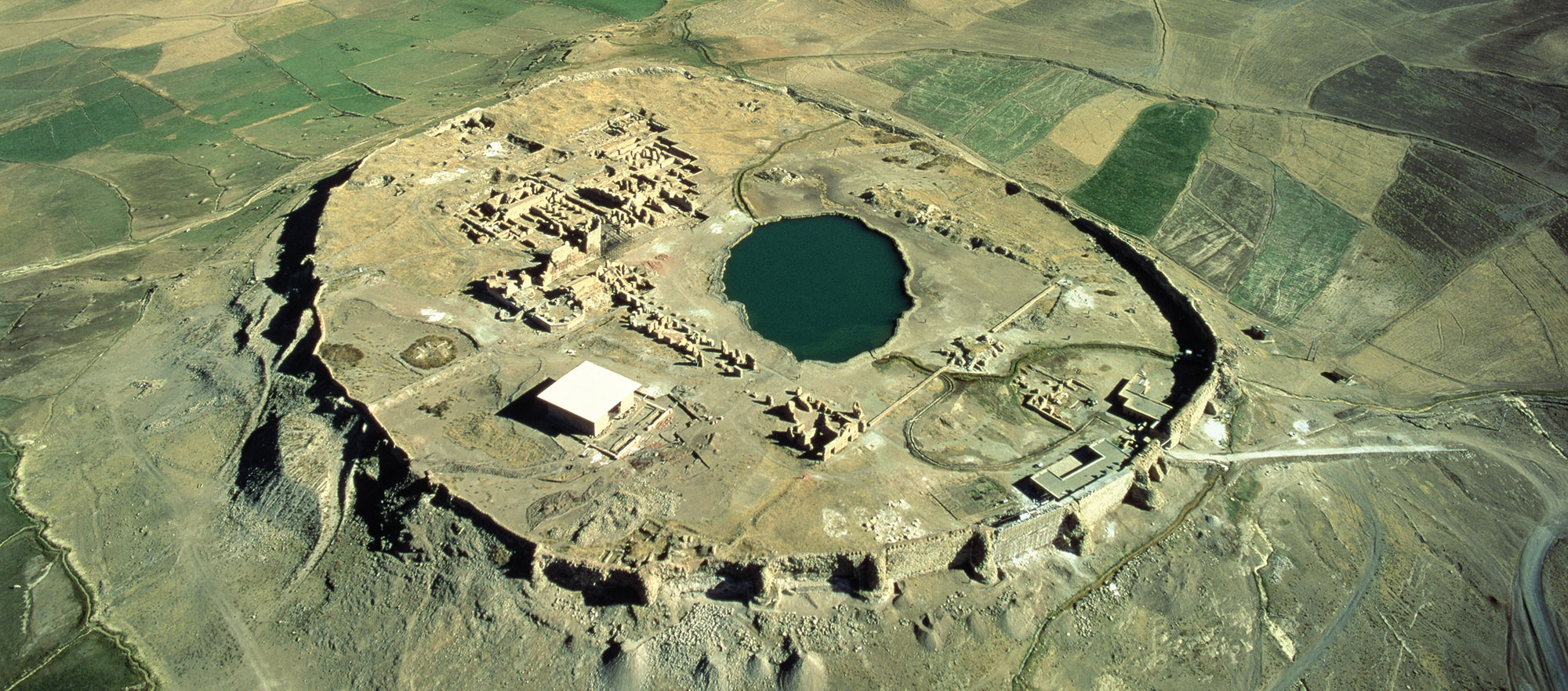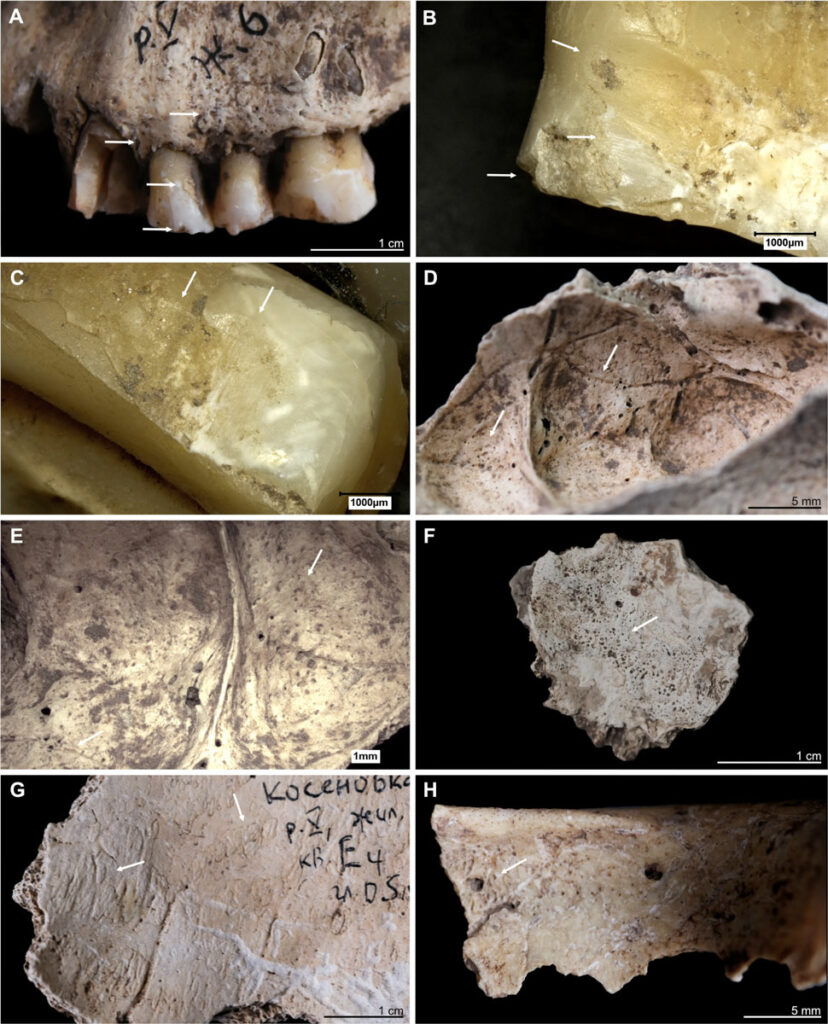
KIEL, GERMANY—According to a statement released by the Public Library of Science, human bone unearthed at a settlement site near Kosenivka, Ukraine, has yielded information about members of the Neolithic Cucuteni-Trypillia culture. Katharina Fuchs of the University of Kiel and her colleagues explained that few human bones belonging to members of this culture, which spread across Eastern Europe between about 5500 and 2740 B.C., have been recovered. The study determined that the 5,600-year-old bone fragments came from at least seven individuals, including men, women, and children. The remains of four of the individuals were unearthed in the center of a house, and are thought to have been burned shortly after death, perhaps in a house fire. Two of the individuals show signs of unhealed head injuries. Analysis of the levels of carbon and nitrogen isotopes in the bones indicates that the settlement’s inhabitants ate a diet made up of mostly plants and grains, reflected in the wear and tear observed on human teeth from the site. Therefore, the Trypillia probably raised cattle for their milk and manure, which may have been used as fertilizer. “Although researching the Trypillia societies and their living conditions in the oldest city-like communities in Eastern Europe will remain challenging, our ‘Kosenivka case’ clearly shows that even small fragments of bone are of great help,” Fuchs concluded. Read the original scholarly article about this research in PLOS ONE. For more on the Trypillia culture, go to "Around the World: Ukraine."


